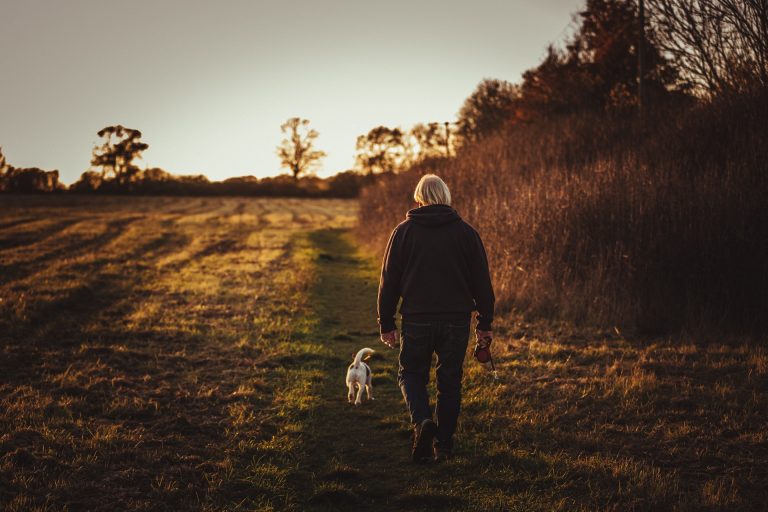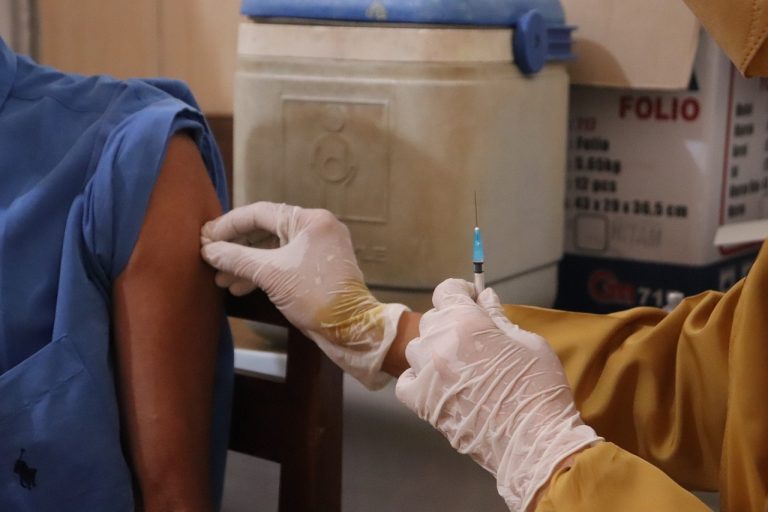Whether the interest lies in food or flowers, most gardeners in a temperate climate feel the impulse to start growing as soon as the snow melts. But until the last frost date, there is a risk in setting tender plants outdoors. To satisfy this urge without being reckless, one must take certain precautions when spring gardening.
To avoid shattered hopes and gardener’s guilt, select only cold-hardy species for early sowing, or start seeds indoors so they will reach transplant size when the risk of frost damage has passed. Peas, parsley, cabbages and spinach are all safe bets for early spring gardening.
Peas can be sown outside at four to six weeks before the last frost. To promote early emergence and quick growth, a floating row cover, straw, or even an old blanket will offer some protection from the cold and critters as your seedlings start to emerge. If you have chipmunks, squirrels or groundhogs, you will definitely want to cover plants securely until they grow to a height of approximately four inches and are rooted firmly in the ground.
Sow peas at a depth of one inch, approximately three to four inches apart. Be it shell peas, sugar snaps, or snow peas, they all prefer cooler weather. In areas where the summer gets hot, you can extend their productive lives by planting your peas in a location where they will get a bit of afternoon shade. Peas come in both climbing and bush varieties. Be sure to check the estimated height of a mature plant so that you know whether they will need staking.
For climbing varieties, a solid wooden or metal stake every 24 inches down the row will support the twine needed to contain your plants. The Florida weave, commonly used in staking tomatoes, works just as well for climbing peas. Simply wrap your twine around each stake and pull it taught before wrapping the next as you proceed down your row. When you get to the end, reverse the weave so your plants are enclosed. You will need to repeat this every couple of weeks as the plants grow out of their constraints.
Spring gardening with greens
Success
You are now signed up for our newsletter
Success
Check your email to complete sign up
Parsley, too, should be planted early outdoors. As soon as the soil can be worked, you can sow these small seeds about a quarter-inch deep, one to two inches apart. The seeds will take several weeks to germinate, but you can give them a push by soaking them in warm water overnight before sowing. Once they germinate, it is best to thin them to six inches apart.
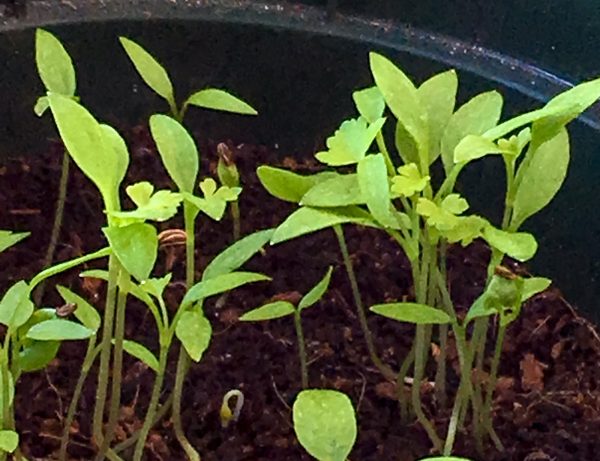
If you love swallowtail butterflies, be sure to plant extra parsley. The butterflies will come to lay eggs on the parsley. It is worth the sacrifice to have enough to share with their magnificent caterpillars.
Most members of the cabbage family (brassica), such as kale, collards, mustards and broccoli are cold hardy plants that can tolerate freezing temperatures once they are mature. These seeds need warmth to germinate, however, so start them indoors. Starting seeds indoors requires only a sunny window, containers, and some good potting soil.
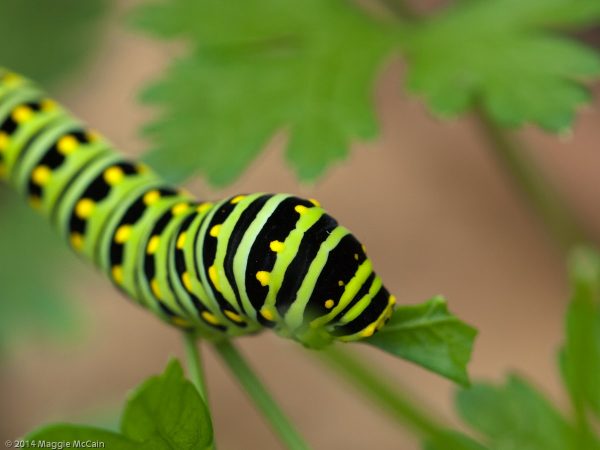
To conserve space, several seeds can be sown in a small container and then carefully “potted up” into individual cells once they germinate. If you have clumsy fingers, however, it is best to start with a tray that has individual cells in the first place. Pre moisten the soil and sow seeds to a quarter inch depth. A clear cover over the planter will help maintain moisture and let in sunlight, both essential for germination.
Before planting outdoors, these seedlings will appreciate an adjustment period, called “hardening off.” Set them outside for increasingly longer periods of time over several days, gradually acclimating them to full sun. When the danger of frost is past, plant them approximately 12 inches apart in fertile, well drained soil. Protect the young plants from critters with an overhead wire cage or floating row cover until they are well established. After that, a fence to keep out deer and groundhogs may be necessary.
Cabbage worms, the caterpillar stage of a small white butterfly, are the most common pest among brassicas. There are several natural ways to combat these pests without using harsh chemicals, including companion planting, attracting songbirds and parasitic wasps, and row covers.
Spinach, too, is an excellent early crop, as its seed can germinate in temperatures as low as 32 degrees Ferenheit. It can be sown directly outside four to six weeks before your last frost date. Sow seeds one half inch deep, two inches apart, and thin to about five inches once they have two true leaves. True leaves are the ones that come out after the initial cotyledons, which emerge first from the seed.
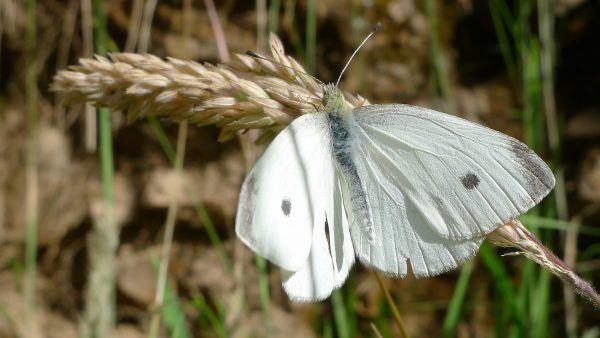
Spinach has deep tap roots, so it helps to work the soil to a depth of 12 inches, and amend it with compost or another source of nitrogen. These leafy greens are quick to bolt (go to flower) in hot temperatures. Harvest individual leaves when they are three to four inches, and take the whole plant at the first sign of bolting. This can be readily recognized by an elongation of the stem.
To experiment in seed saving, allow two or more plants to go to flower and seed. Collect the seed when it has matured and dried completely. Gently pull your mature seed plants and place them in a warm, dry location to prevent moisture and mold from compromising your future generation of spinach, then carefully remove and store the seed under cool, dry conditions. Spinach seed can remain viable for up to six years!
While the last weeks of winter may seem to drag on endlessly, starting seedlings indoors and out will be a welcome diversion until you can really get down to business in your garden. Remember to keep your seedlings moist, protect them from extremes in temperature, and also from hungry critters. In two shakes of a lamb’s tail you’ll be enjoying the fruits, and vegetables, of your labor.
Follow us on Twitter or subscribe to our weekly email




